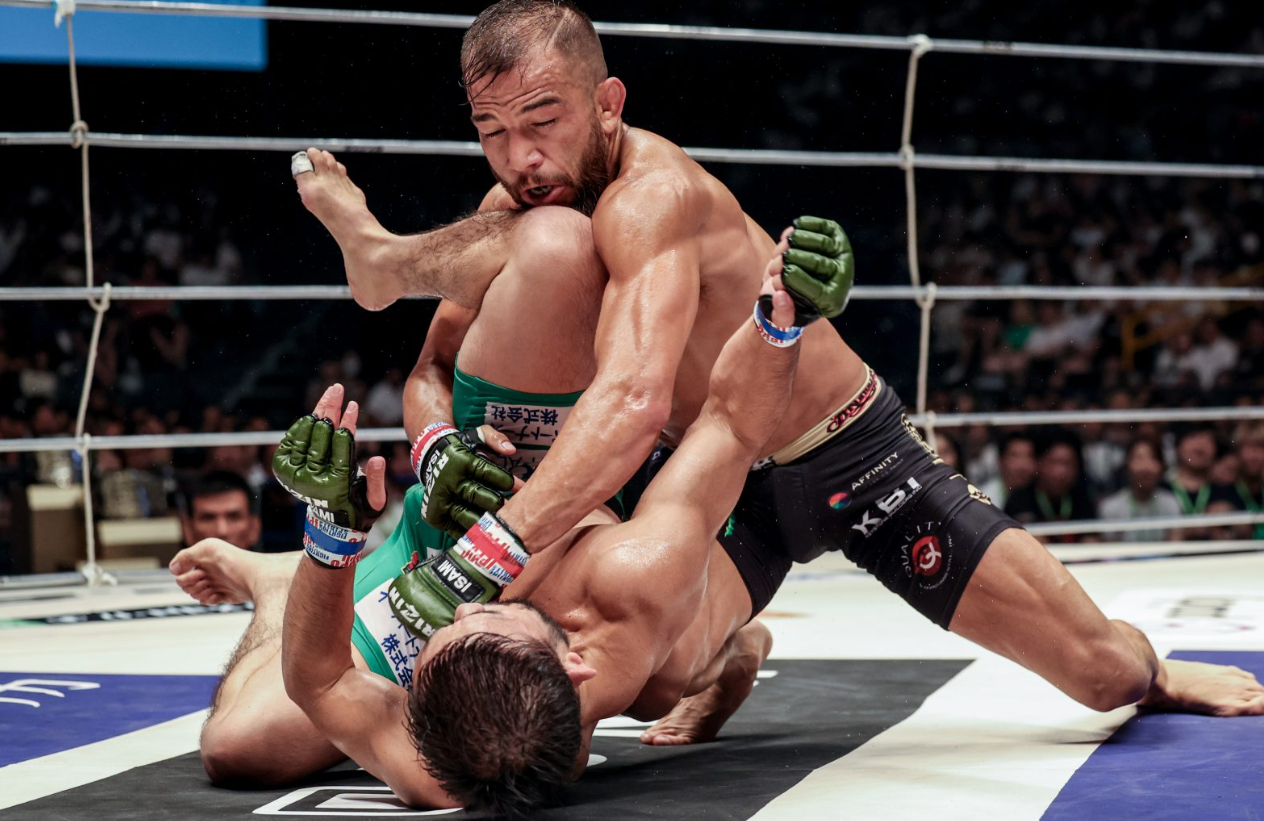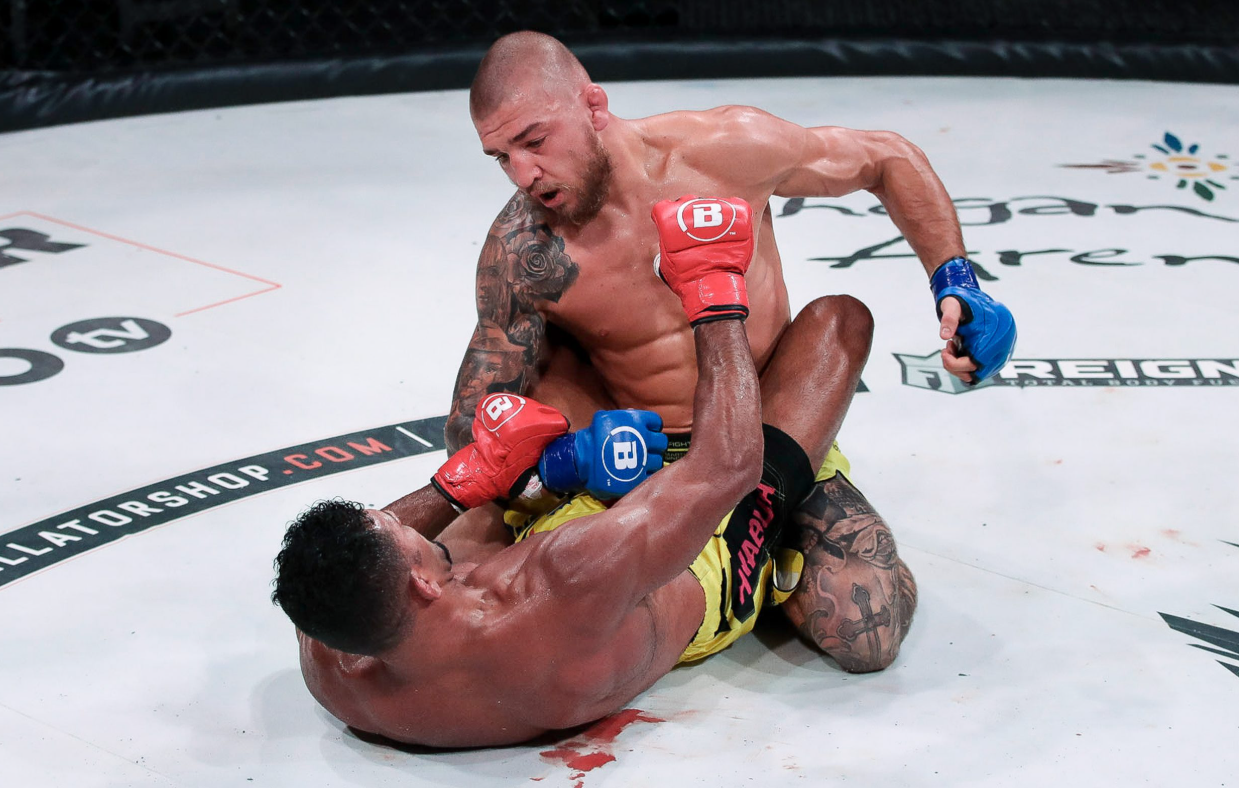MMA Predictions: The Science, Strategy, and Intuition Behind the Fight Game

Mixed Martial Arts (MMA) is one of the most unpredictable and exciting sports in the world. With fighters coming from different disciplines—boxing, wrestling, Brazilian jiu-jitsu, Muay Thai, and more—the outcomes of MMA bouts are far from straightforward. Predicting who will win a fight, how they’ll win, or whether a bout will go the distance requires a unique blend of statistical analysis, fight IQ, and deep understanding of the sport’s nuances. Unlike traditional team sports, MMA is deeply individual, emotional, and volatile. One mistake can change everything. Still, with the right approach, MMA Predictions can become more than just a guessing game.
Understanding the Foundation of MMA Predictions
To make solid MMA predictions, one must start by understanding what factors most consistently influence the outcome of a fight. These include:
- Fighter Styles: A striker vs. grappler matchup looks very different from a striker vs. striker duel. Understanding how each fighter’s base discipline interacts with their opponent’s is crucial. For example, a high-level wrestler with solid top control often has the advantage against a pure striker who struggles on the ground.
- Fight IQ and Adaptability: MMA is as much about thinking as it is about punching and kicking. Fighters who can make adjustments mid-fight—change levels, switch stance, or vary their tempo—tend to outperform more rigid opponents.
- Cardio and Conditioning: A fighter’s gas tank can determine the fight’s trajectory. Some athletes dominate early rounds but fade as the fight progresses, while others build momentum the longer the bout goes on. Predicting outcomes requires assessing not just skill but the ability to sustain it.
- Level of Competition: Fighters with padded records may struggle when they face top-tier opponents. A seasoned fighter with a 14-5 record in the UFC may be more dangerous than someone 20-0 fighting outside the top organizations.
Analyzing the Stats Behind the Fights
MMA has seen a rise in statistical analysis in recent years. While stats aren’t as all-encompassing as in sports like baseball or basketball, they still offer valuable insights. Important statistics include:
- Significant Strikes Landed per Minute (SLpM): Measures offensive output. High SLpM suggests volume striking, which can influence scorecards.
- Striking Accuracy and Defense: Shows how efficient and defensively sound a fighter is on the feet. Someone who lands 55% of strikes and avoids 70% is usually more technically proficient.
- Takedown Accuracy and Defense: These are vital in grappler vs. striker matchups. A striker with 90% takedown defense can neutralize a wrestler’s game plan.
- Average Fight Time: Can signal durability or finishing ability. Fighters who consistently end bouts early may rely on power, while others prefer to win decisions.
However, stats alone don’t predict fights. The context matters. A fighter landing five strikes per minute against lower competition doesn’t mean they’ll land the same volume against a top-10 contender.

Key Variables That Affect Predictions
MMA outcomes are often swayed by intangible and external factors. Here are some variables that complicate predictions:
- Weight Cuts: Drastic weight cuts can impact cardio, chin durability, and recovery. Fighters moving up or down in weight classes may struggle in their new division.
- Injuries and Layoffs: Fighters returning from injuries or long layoffs may be rusty, lacking timing, or mentally hesitant. It’s common for fighters to underperform after extended absences.
- Training Camps and Coaches: Who a fighter is training with and what team they belong to plays a role in preparation and game planning. Fighters who switch to elite camps often show marked improvement.
- Mental State and Motivation: Fighters openly discussing retirement, family issues, or low motivation tend to underperform. The mental side of MMA is often overlooked but is immensely important.
- Short Notice Fights: Taking a fight on short notice usually means limited time to prepare for a specific opponent. This can benefit or harm a fighter depending on their adaptability and base skill set.
Predicting the outcome of a mixed martial arts (MMA) fight is part art, part science. Unlike team sports where dozens of players and stats converge to shape a game, MMA is a one-on-one chess match of skill, toughness, and strategy. While anything can happen in a fight—especially with 4-ounce gloves and multiple disciplines at play—there are time-tested methods and strategic approaches that increase the odds of making accurate predictions. Whether you’re an analyst, bettor, or passionate fan, understanding these principles is crucial.
Style Makes Fights
The phrase “styles make fights” is a cliché for a reason—it’s true. One of the most critical aspects of predicting MMA outcomes is breaking down the style matchup between two fighters.
- Striker vs. Grappler: This is the classic MMA matchup. If the striker can keep the fight standing, they often have the advantage. If the grappler can close the distance and take it to the ground, they tend to dominate. Understanding who has better takedown defense or offense is key.
- Volume vs. Power: Some fighters rely on constant pressure and a high strike output, wearing opponents down. Others wait for one perfect shot. If the volume striker has good durability, they might survive early danger and win on the scorecards. But if the power puncher lands clean, the fight could end early.
- Orthodox vs. Southpaw: Some fighters struggle with opposite stances. Recognizing stance-based weaknesses can highlight potential edges in striking exchanges.
- Wrestler vs. Submission Artist: Wrestlers who like top control may get caught in submissions if they’re not cautious, especially against high-level BJJ black belts.
Understanding how styles complement or clash allows for deeper insight than just looking at records or rankings.

Assessing Fight Metrics (With Context)
Modern MMA analytics offer a wealth of data: significant strikes per minute, takedown success rate, striking accuracy, control time, and more. But using stats correctly means adding context.
- Opponent Quality Matters: A fighter might have impressive stats, but if those numbers came against lower-tier competition, they may not translate against top talent.
- Efficiency Over Volume: A fighter with high strike volume might not be effective if their accuracy is low. Conversely, a lower-volume striker with high accuracy and timing could be more dangerous.
- Damage vs. Activity: Some judges and fans score fights based on output, but recent judging trends heavily favor impact and damage over simple numbers.
- Positioning and Octagon Control: Fighters who can dictate where the fight takes place—whether keeping it standing, clinching against the cage, or wrestling—often have the edge, even if they don’t land the flashier strikes.
Use metrics as indicators, not as absolutes.
Watching Tape and Spotting Tendencies
There’s no substitute for watching fights. Tape study reveals details stats can’t show:
- Defensive Habits: Does a fighter keep their hands low? Do they exit exchanges in a straight line? These tendencies can be exploited by more disciplined opponents.
- Reactions Under Pressure: How do they handle being rocked? Are they composed or reckless? Do they panic wrestle or recover intelligently?
- Cardio Patterns: Some fighters start strong and fade quickly. Others build into a fight. Observing how energy levels change round-by-round can be key to predicting late finishes or decisions.
- Fight IQ and Adaptability: Fighters who can switch strategies mid-fight tend to survive tough matchups. Fighters who always try to brawl or shoot for takedowns regardless of success may get exposed.
Watching recent performances—especially against similar opponents—is essential for understanding how a fighter might perform.
